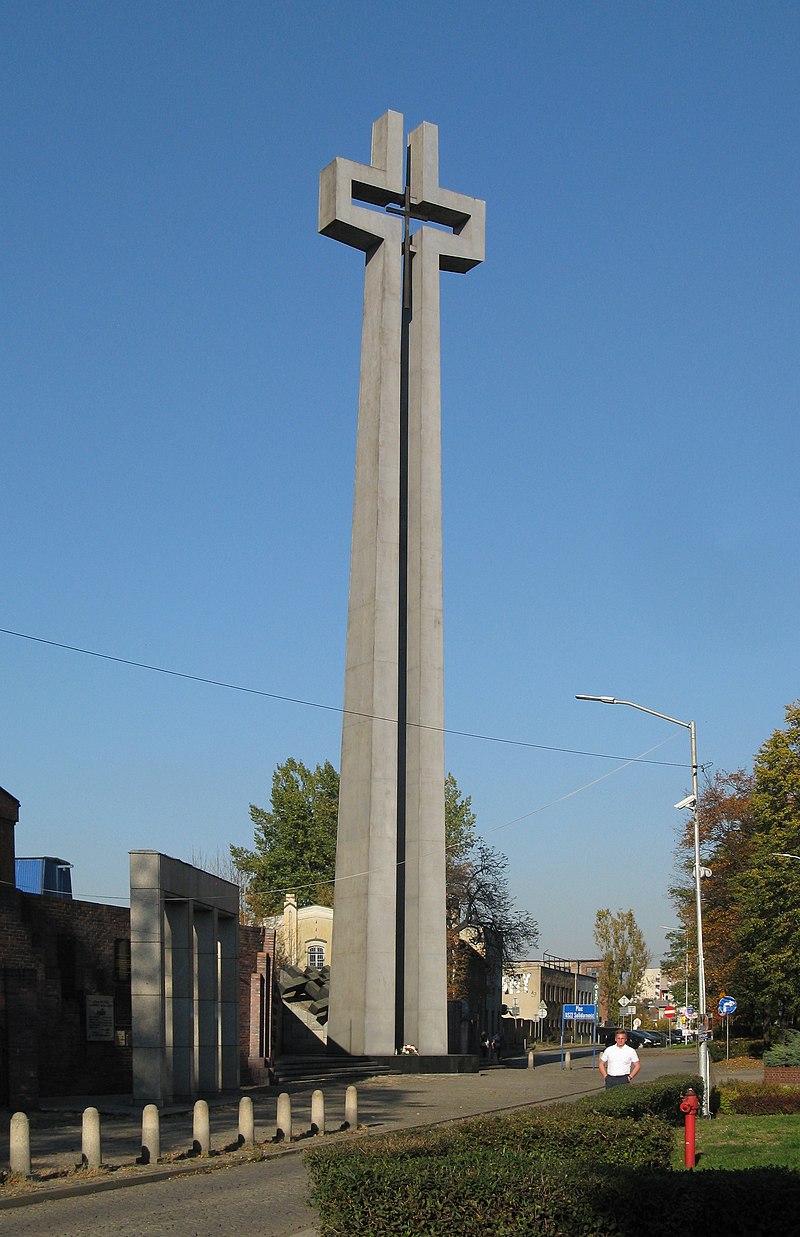On the night of 12-13 December 1981, the communist authorities in Poland imposed martial law. It was in force until 31 December 1982, when it was suspended, and finally lifted on 22 July 1983. During the martial law, around 100 people were murdered. The brutal pacification of the strike at the Wujek Mine in Katowice with the use of firearms by the militia, which led to the death of nine striking miners, has become a symbolic event.
The imposition of martial law on the night of 12 to 13 December 1981 in Poland meant that the communist authorities in Poland, led by General Wojciech Jaruzelski, First Secretary of the Polish United Workers’ Party (PZPR), Prime Minister and Minister of National Defence, decided to brutally disrupt the period known as the Solidarity carnival. Lasting just over a year, this period was a peculiar phenomenon in countries dominated and subordinated by the Soviet Union. Established after 31 August 1980, Solidarity was a trade union that had genuine and massive popular support. Its members included 10 million people.
From the beginning of Solidarity, the communist authorities prepared for the forcible suppression of this social movement. The so-called ‘power ministries’, i.e. the Ministry of Defence and the Ministry of the Interior, were to play a key role in this operation.
Officers of the Security Service (SB) (the communist secret police), together with the military, prepared key documents concerning the introduction of martial law. Representatives of the Soviet KGB and the Soviet army also supervised this work. Preparations entered their final phase in the autumn of 1981, when Prime Minister Wojciech Jaruzelski took over as First Secretary of the PZPR, appointing earlier, in July 1981, as Minister of the Interior his trusted man – General Czesław Kiszczak, until recently head of the military secret police. By that time, most of the legislation introducing martial law was already in place.
The decision to impose martial law was taken on the Saturday afternoon of 12 December 1981. On the night of 12-13 December 1981, the imprisonment of Solidarity activists began. A total of over 10,000 people were imprisoned in detention centres until the end of martial law.
Restrictions were introduced throughout the country in the form of a ban on assemblies, strikes, the activities of trade unions were suspended, restrictions were imposed on night-time walking, as well as on travelling between towns and cities. SB officers blocked the possibility to make any phone calls, as well as controlled all postal correspondence. Military units were brought out of their barracks on the streets of Polish towns and cities, and military commissars were sent to workplaces.
After martial law was imposed, occupational strikes broke out in many workplaces. The first of them started already on Sunday, 13 December 1981. The next day, 14 December, they intensified. According to data collected by the SB, at least several hundred workplaces allegedly participated in them. For the most part, the protesters elected strike committees, but also tried to secure the property of the workplaces. In many places there was a forcible breaking of the strikers’ resistance. As a rule, the communist authorities used Motorised Reserves of the Citizens’ Militia (ZOMO), army units with frequent use of heavy equipment as armoured personnel carriers, as well as tanks, for this purpose. In many cases, with the approval of Minister Czesław Kiszczak, they used firearms with live ammunition by the forces of order. The first time this happened was during the suppression of a strike at the July Manifest Mine (today’s Zofiówka) in Jastrzębie-Zdrój. There, on 15 December 1981, the officers of the ZOMO special platoon wounded four striking miners by shooting.
In the “Wujek” mine in Katowice, around 3,500 people had been on strike since 14 December. On 16 December, the site was encircled by a security force consisting of the army and the militia. The strikers refused to allow the military to end the protest. Gas canisters were thrown at the miners. Despite freezing conditions, water cannons were also used. At around 11 a.m. the fence of the mine was smashed by tanks, and during the fighting a special platoon of ZOMO was brought in, whose officers used live ammunition. As a result, six miners died on the spot. Three more died in hospitals. Further twenty-three were wounded by bullets. Less than a month later, on 20 January 1982, the communist prosecutor’s office dropped its investigation into the case, concluding that the ZOMO officers had used their weapons in a state of superior necessity.
The murdered miners from the Wujek mine were not the only martial law fatalities. Protesters were killed by bullets during peaceful demonstrations and were victims of fatal beatings by officers of the security apparatus. It is assumed that there may have been almost a hundred of such deaths in Poland. The youngest martial law victim was Emil Barchański, who was arrested at the beginning of March 1982 while printing illegal publications. He was also a member of an anti-communist youth organisation operating in Warsaw. During the trial, he testified that his explanations given during the investigation had been coerced by a beating and that he was able to recognise the officers beating him. Almost three weeks later, on 3 June 1982, Barchański disappeared, and two days later his body was found in the Vistula River.





